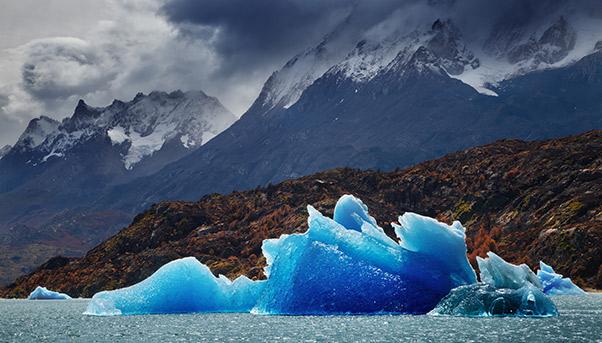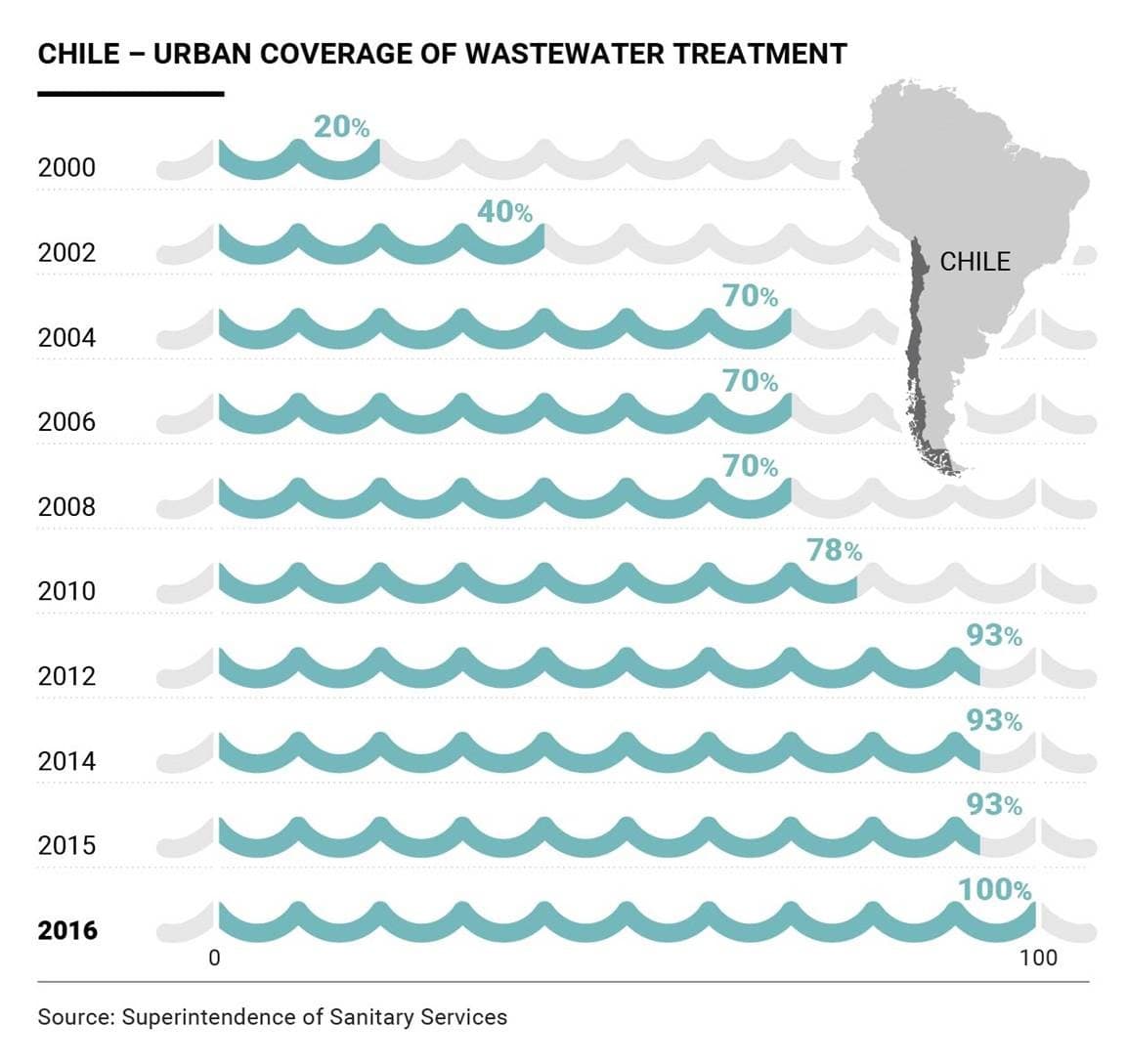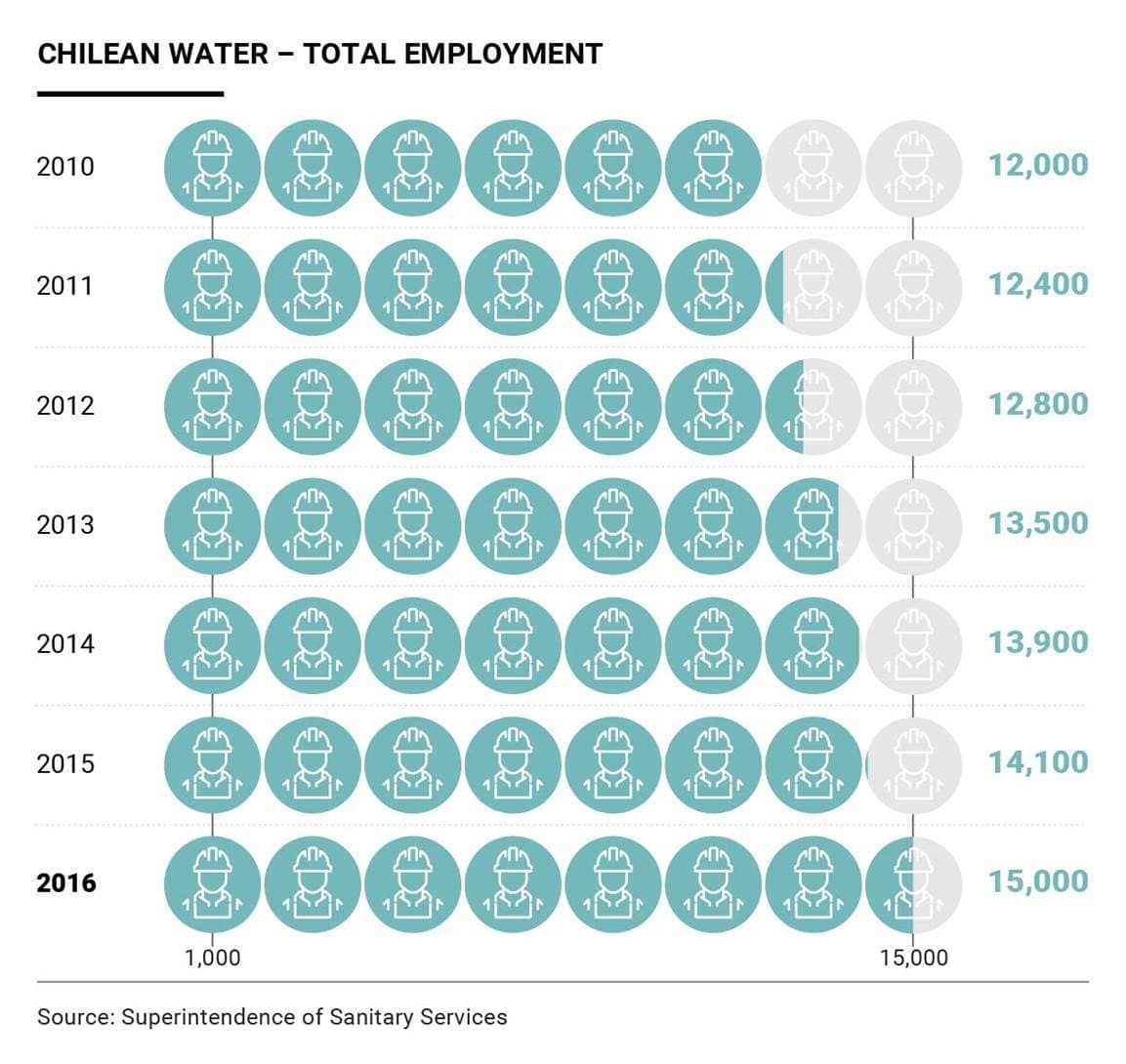
«Building a better Chile means creating more security for our agriculture». With this tweet posted on November 14th, the President of Chile, Michelle Bachelet, celebrated the laying of the foundation stone for the construction of the Chironta reservoir, in the Arica and Parinacota Region.
The construction of the reservoir, which is strategic to support agriculture in the region, is the most recent step in the National Plan for Large Reservoirs (“Plan Nacional de Embalse”), which envisages – between 2015 and 2025 – building 20 water reservoirs scattered across the country containing a volume of water equal to 19,000 square kilometers.
The government sees the construction of the reservoirs as a strategic goal for several reasons. The most immediate is the protection of towns and cities from floods (there will be 36,600 houses secured once the plan is completed); the second is an effective management of water resources to support agriculture; the third is the water purification from new treatment plants.

Chilean leadership and the role of private investors
Worldwide, Chile is considered a beacon for investments and infrastructure development in the water sector, thanks in large part to the central role it gave to private investors.
Between 1998 and 2004, the Chilean government sold strategic stakes in thirteen state-owned water sector companies, keeping for itself a minority stake of between 30% and 45%. This choice was necessary for Chile because in the early 1990s the issue of sewage discharge in the seas and rivers was a primary problem. In 1998, there were only 24 wastewater treatment plants, guaranteeing 83% wastewater collection, but only 15% of its treatment. With the goal of turning this around, and thanks to a farsighted investment program of $4 billion (both from the government and private investors), between 2004 and 2010 Chile reached its goal of treating 100 % of wastewater.
Today, according to a report prepared by the Global Infrastructure Investor Association (GIIA) in collaboration with PricewaterhouseCoopers (PWC), Chile is the world leader in urban wastewater treatment, while keeping prices among the lowest in the world. This result is confirmed by a constantly decreasing number of hospital admissions due to typhus or endemic infections generally widespread in some developing countries, caused both by direct contact with infected people and by the intake of contaminated food or water.
Among the investors are companies from all over the world: European companies such as Spain’s Agbar and Britain’s Anglian Water and Thames Water, but also Canada’s Ontario Teachers’ Pension Plan (OTPP). The latter entered the Chilean market in 2007 after having understood the opportunities offered by this country, which, among other things – according to the Global Infrastructure Investment – offers investors a streamlined and efficient regulatory system.

Now Chile’s attention is focused on the need to manage the growing and irreversible impact of climate change to ensure the security of water supply, while all the while maintaining affordable prices for users.
That is why it has launched its National Plan for Large Reservoirs, and is moving full speed ahead after the laying the first stone in Chironta.
The water reservoir plan: an advanced project
The Chilean government has pledged to build 8 of these works before the end of its mandate. And of these, 3 have already started construction (in addition to that of Chironta, there are the projects of Valle Hermoso and La Punilla) and 5 others are in the study or awarding phase: Las Palmas, Catemu and Los Ángeles in the Valparaíso Region, La Tranca and Murallas Viejas in the Coquimbo Region.
The Chironta project, for example, also calls for the construction of dam that is 78 metres high and 274 metres long holding a reservoir capable of containing 17 million cubic metres of water.
The need for a long term structured and prolonged building program reflects the goal of supporting and encouraging the development of areas of the country where the water deficit creates instability. In many regions, the availability of water, both in quantity and quality, is seriously influenced by climate change. Furthermore, in some cases, the demand for water supply has also increased due to growth of population, and demographic changes due to urbanization and the expansion of agriculture and industry.
«This is a substantial step forward for water security», said President Bachelet last June, «since at the end we will have more than tripled the reservoirs owned by the government».
The President’s words confirm once again that the protection of Chile’s 101 water reservoirs is a government priority, convinced more than ever that water is a resource strategic enough to warrant the country’s transformation into one of the world leaders in water management and treatment.

